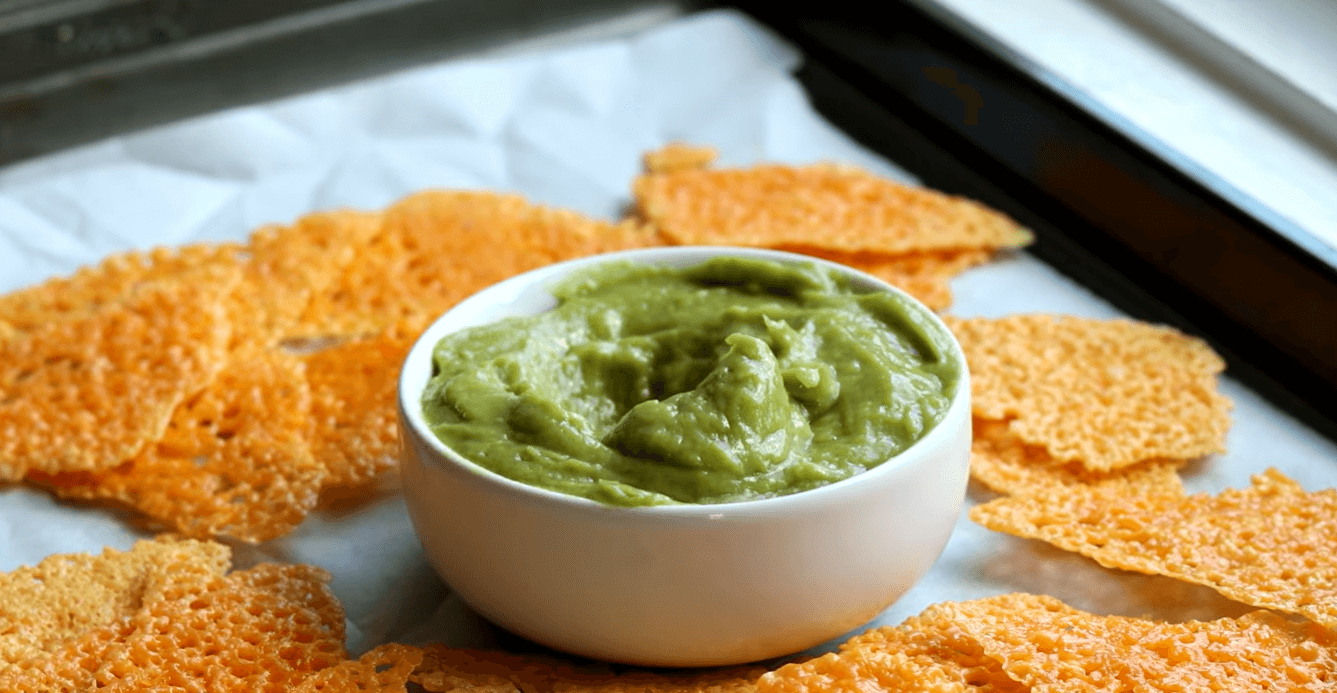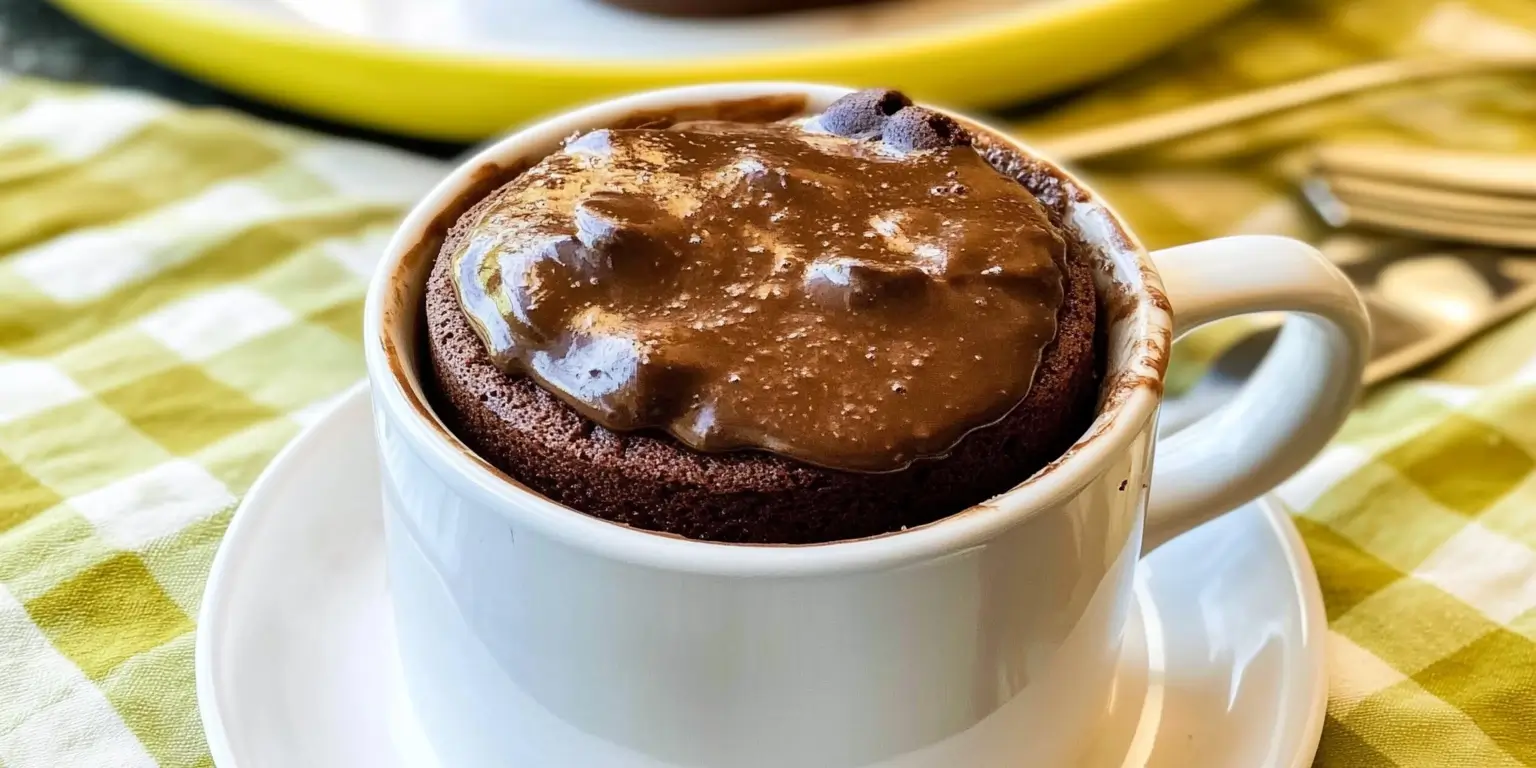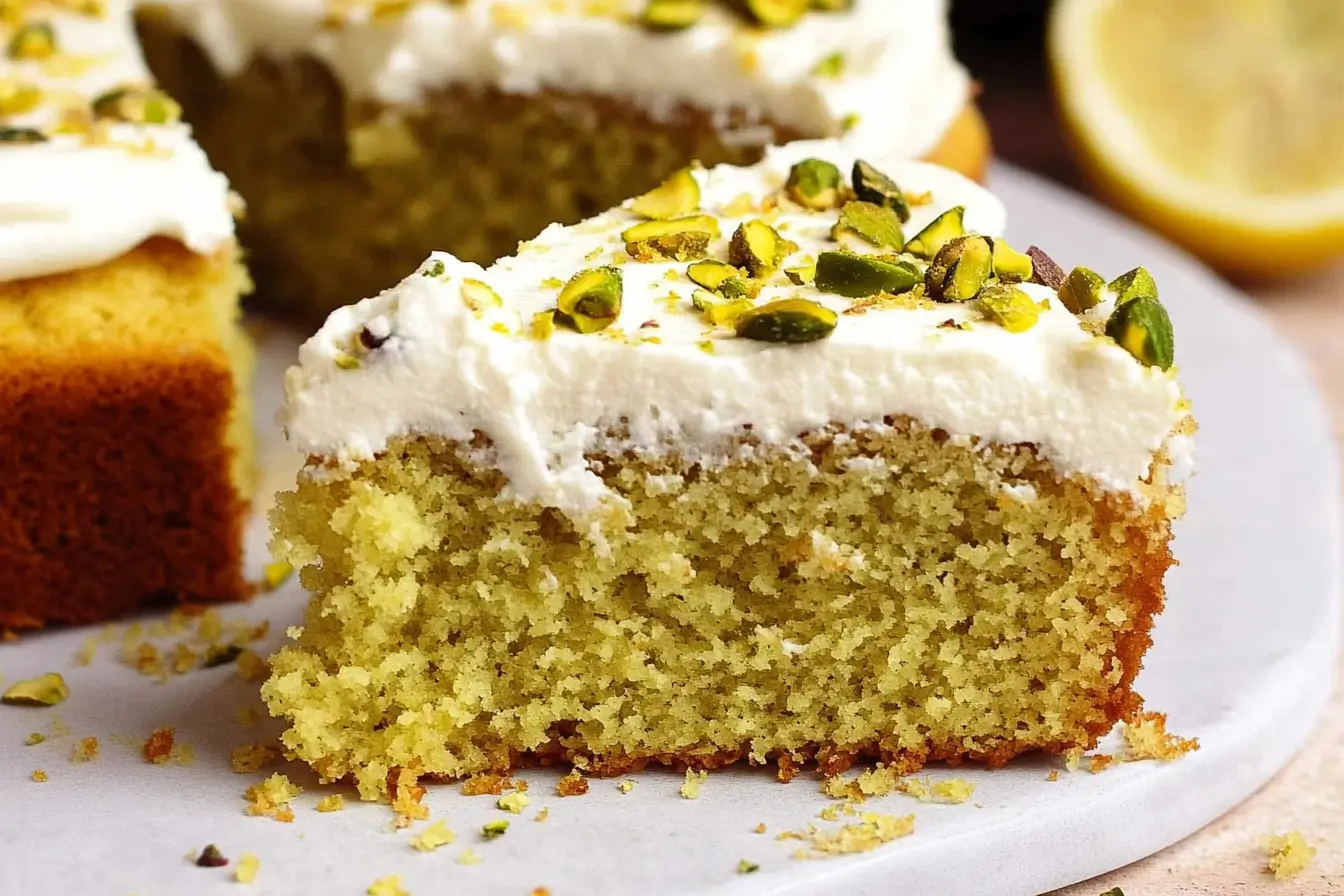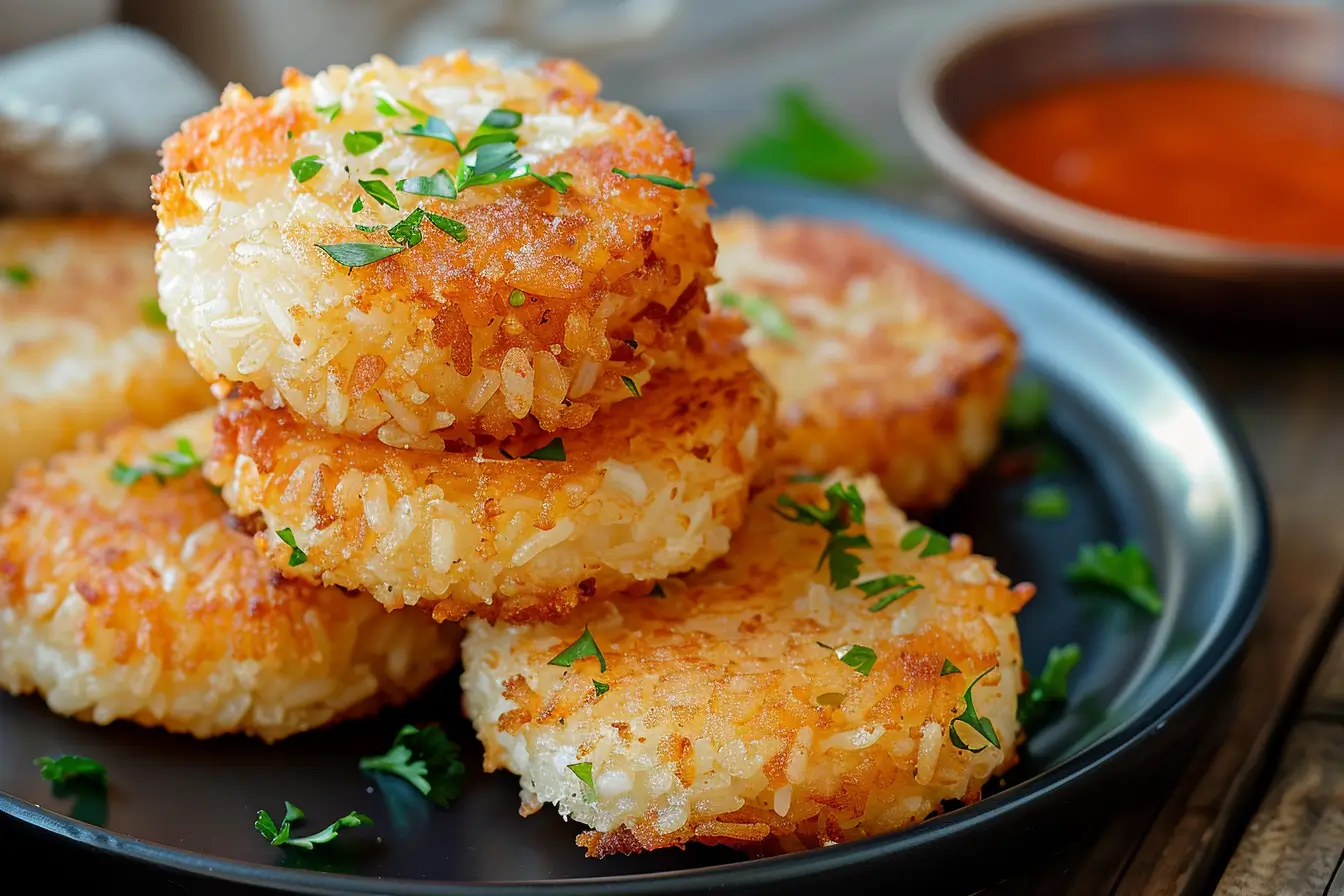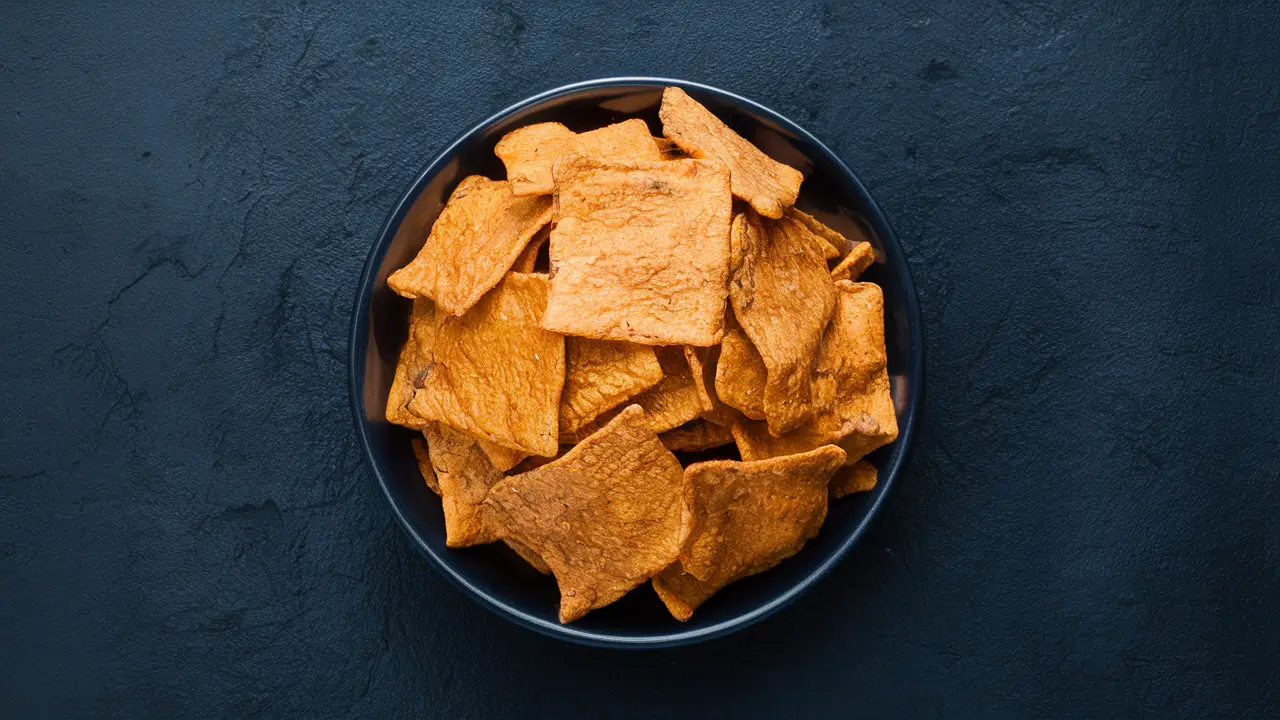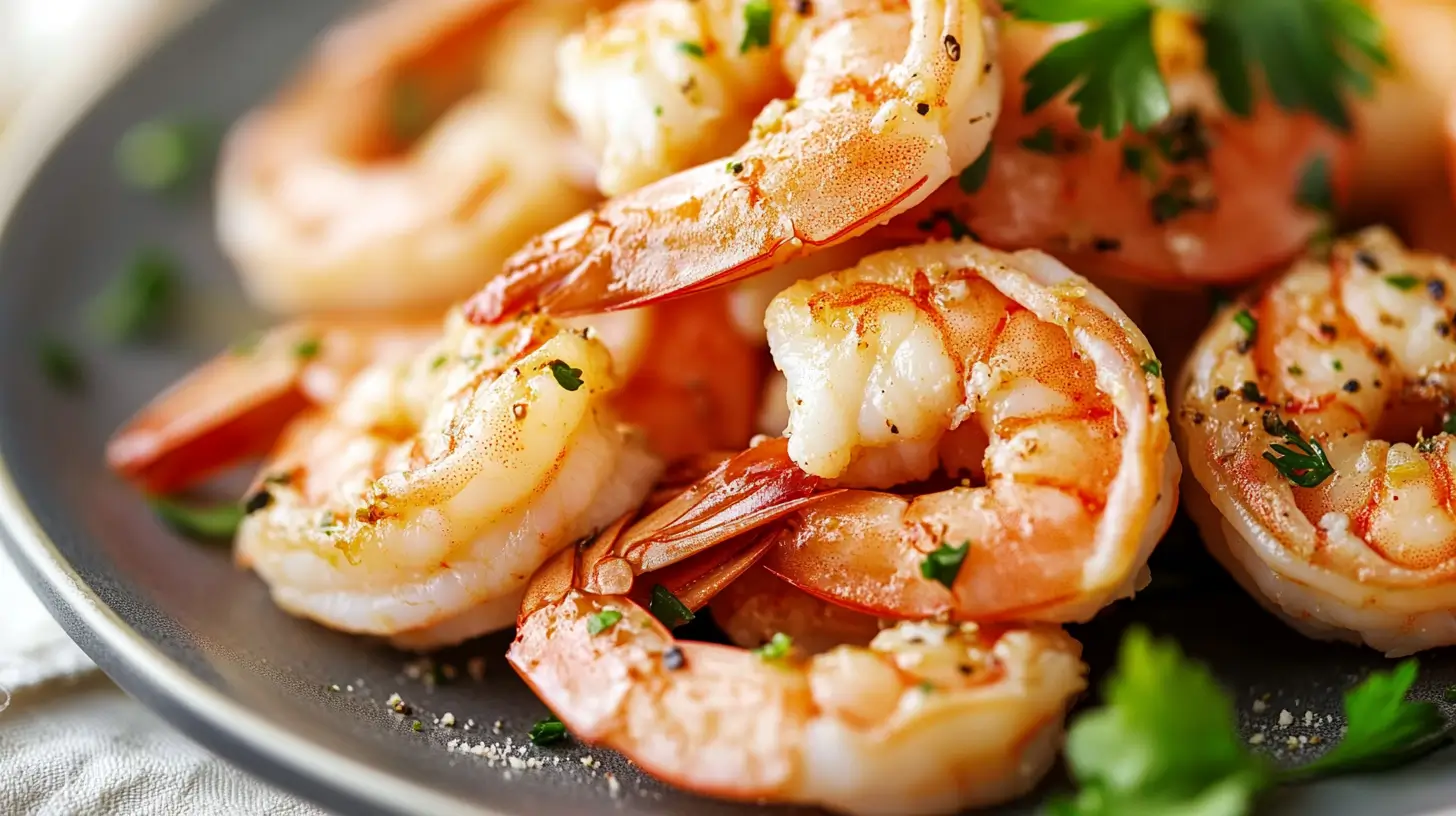When embracing a ketogenic lifestyle, one of the most common queries is “What chips can I eat during keto? This question comes from wanting to eat crunchy snacks without going over the keto diet’s carb limits. This article dives deep into the world of keto-friendly chips, exploring store-bought options, homemade recipes, and the nutritional impacts they have on maintaining ketosis.
What Are Keto-Friendly Chips?
Keto-friendly chips are snacks designed to fit within the dietary constraints of the ketogenic diet, which is high in fats and very low in carbohydrates. Here are the main characteristics that define keto-friendly chips:
- Low Net Carbs: Keto chips should have a minimal impact on your daily carbohydrate intake. Typically, they contain less than 5 grams of net carbs per serving.
- High in Healthy Fats: Given the high-fat requirement of the keto diet, these chips often incorporate healthy fats from sources like coconut oil or cheese.
- No Added Sugars: To maintain ketosis, it’s crucial to avoid sugars. Keto-friendly chips should not contain added sugars or high-carb ingredients that could disrupt ketosis.
- Keto-Compliant Ingredients: Ingredients like almond flour, coconut flour, cheese, and various seeds (such as flaxseeds or chia seeds) are commonly used to make these chips. These ingredients are low in carbs but high in fats, aligning with the keto dietary requirements.
Keto-friendly chips come in many forms, including but not limited to, vegetable chips (like zucchini or kale chips), cheese chips (such as Parmesan crisps), and commercial brands specifically designed to be low-carb. They provide a way to enjoy a crunchy snack without deviating from the keto diet’s strict guidelines on carbohydrate consumption.
Making Keto Chips at Home
Making keto chips at home is a fantastic way to enjoy a crunchy, savory snack without breaking the carbohydrate limits of the ketogenic diet. By preparing chips yourself, you can control the ingredients and ensure that they are both delicious and fully keto-compliant. Here are a few ideas and tips for making keto chips at home:
Types of Homemade Keto Chips
- Cheese Chips
- Ingredients: Simple cheeses like Parmesan or cheddar are best.
- Method: Spoon small heaps of grated cheese onto a baking sheet lined with parchment paper and bake until crispy.
- Variations: Add spices such as paprika or garlic powder for extra flavor.
- Vegetable Chips
- Vegetables: Zucchini, kale, and radishes are popular choices.
- Method: Thinly slice the vegetables, toss them with olive oil and a pinch of salt, and bake until they are crisp.
- Tips: Use a mandoline slicer for even, thin slices that will crisp up nicely.
- Almond Flour Tortilla Chips
- Ingredients: Almond flour, egg, and seasonings combine to form the dough.
- Method: Roll out the dough thinly, cut it into chip-sized pieces, and bake until crispy.
- Flavoring: Season with salt, lime juice, or chili powder for a zesty taste.
- Flaxseed Chips
- Ingredients: Ground flaxseed, water, and your choice of seasonings.
- Method: Mix the ingredients to form a dough, spread thinly on a parchment-lined baking sheet, and bake until crisp.
- Benefits: Flaxseeds have high omega-3 fatty acids and fiber.
Cooking Tips
- Temperature and Timing: Baking at a lower temperature for a longer period can help ensure that chips crisp up without burning.
- Seasoning: Adding your favorite herbs and spices can greatly enhance the flavor of your chips. Popular choices include rosemary, cumin, and cayenne pepper.
- Storage: Store homemade chips in an airtight container to keep them crispy. They usually last for a few days if kept in a cool, dry place.
Creating your own keto chips allows for a lot of creativity and personalization. You can experiment with different thicknesses and flavors to tailor the snacks to your tastes and dietary needs. Making chips at home can also be a fun and rewarding kitchen project that complements your keto lifestyle.
Best Store-Bought Keto Chips
When it comes to the best store-bought keto chips, several brands stand out for their flavor and texture, making them excellent choices for anyone on a low-carb diet. Here are the top picks:
- Atkins Protein Chips – Ranch Flavor: These chips use a protein blend that gives them better texture compared to others, such as Quest. They’re thicker and have a more satisfying crunch. Available flavors include Ranch, Nacho Cheese, and Chipotle BBQ.
- Wilde Protein Chips – Sea Salt & Vinegar: Made with chicken breast, egg whites, and bone broth, these chips might sound unusual but are surprisingly tasty, reminiscent of crispy chicken skins. The sea salt and vinegar add a nice tang, enhancing the flavor.
- HiLo Life Spicy Salsa: These chips struggle a bit with texture, becoming pasty as you eat them, but the spicy salsa flavor is zesty and enjoyable. They also boast 9 grams of protein per serving.
- HiLo Life Nacho Cheese: Considered the best of the HiLo options, these chips are ideal for those missing Doritos. The cheesy flavor effectively masks any odd tastes from the almond flour and oils used in their production.
These selections highlight that it’s possible to enjoy crunchy, tasty snacks on a keto diet without compromising on flavor. Whether you prefer something meaty, cheesy, or with a bit of spice, there’s a keto-friendly chip out there for you.
Ingredients to Avoid
When following a ketogenic diet, certain ingredients should be avoided to maintain the state of ketosis, which is the metabolic state that helps your body burn fat more efficiently. Here are some ingredients commonly found in foods that should be avoided if you’re adhering to a keto diet:
- Sugars: Any form of sugar, including white sugar, brown sugar, honey, maple syrup, and agave nectar, can disrupt ketosis.
- High-Carb Grains: Wheat, rice, oats, corn, barley, and other high-carb grains should be limited. This includes products made from these grains such as bread, pasta, cereals, and crackers.
- Starchy Vegetables: Potatoes, yams, and other starchy vegetables are high in carbohydrates and can affect ketosis.
- Fruit: Most fruits are high in sugars and carbs. Limit fruit intake to small portions of berries like raspberries, strawberries, and blueberries.
- Beans and Legumes: Chickpeas, kidney beans, lentils, and other legumes are high in carbs and should be avoided.
- Low-Fat Dairy Products: These often contain added sugars to improve taste after the fat is removed, so it’s better to stick with full-fat dairy options.
- Sweetened and Low-Fat Yogurts: Like low-fat dairy, these often have added sugars.
- Processed Foods and Vegetable Oils: These can contain trans fats and high amounts of omega-6 fatty acids, which aren’t healthy in large amounts.
- Artificial Sweeteners: Some artificial sweeteners can disrupt ketosis and may have unwanted effects on blood sugar.
- Alcohol: Many alcoholic beverages contain a lot of sugar, plus it can slow down fat burning.
Avoiding these ingredients can help ensure that you stay within the ketogenic framework, helping your body to maintain ketosis and burn fat more effectively.
Benefits of Keto-Friendly Chips
Keto-friendly chips are a great snack option for those adhering to a ketogenic diet. They offer several benefits, making them a convenient and enjoyable choice:
- Low in Carbohydrates: Keto chips are specifically designed to be low in carbs, which is essential for maintaining the state of ketosis necessary for a ketogenic diet. This makes them a safe snack option without the risk of carb overload.
- High in Healthy Fats: Many keto chips are made with fats that are beneficial for a keto diet, such as coconut oil or avocado oil. These fats can help maintain energy levels and support ketosis.
- Satisfies Snack Cravings: Keto chips provide the crunch and saltiness that many people crave in snacks, making them a satisfying alternative to traditional high-carb chips.
- Portion Control: Keto-friendly chips are often portioned in single-serving bags, which helps control intake and manage calories more effectively.
- Protein Content: Some keto chips are made with protein-rich ingredients like almond flour or protein blends, providing an extra nutritional boost.
- Variety of Flavors: Just like traditional chips, keto chips come in a variety of flavors to keep your palate interested, from classic sea salt to spicy salsa.
- Gluten-Free Options: Many keto chips are also gluten-free, which is beneficial for those with gluten sensitivities or celiac disease.
- Convenience: Keto-friendly chips are an easy, portable snack that doesn’t require preparation. They’re perfect for on-the-go snacking or as a quick addition to meals.
Overall, keto-friendly chips are a practical, enjoyable snack that fits well within the dietary restrictions of a ketogenic diet while still providing the pleasure of a salty, crunchy snack.
Popular Keto Chip Recipes
Creating keto-friendly chips at home can be a fun and healthy way to enjoy snacking without the carbs. Here are some popular keto chip recipes that you can easily make:
- Cheese Chips:
- Ingredients: Slices of hard cheese like Parmesan, Cheddar, or Monterey Jack.
- Method: Place cheese slices on a parchment-lined baking sheet. Bake in a preheated oven at 400°F (200°C) until crispy, about 5-7 minutes. Allow to cool and enjoy!
- Zucchini Chips:
- Ingredients: Thinly slices of zucchini, olive oil, and some sea salt.
- Method: Slice zucchini thinly, toss with olive oil and salt, and spread on a baking sheet. Bake at 225°F (105°C) for 1-2 hours, flipping halfway through until they are dried out and crispy.
- Radish Chips:
- Ingredients: Radishes, olive oil, and salt.
- Method: Thinly slice radishes, toss them in olive oil and salt, and lay them on a baking sheet. Bake at 375°F (190°C) until crispy, about 10-20 minutes, watching closely to avoid burning.
- Pepperoni Chips:
- Ingredients: Thinly sliced pepperoni.
- Method: Lay slices of pepperoni on a paper towel-lined microwave-safe plate. Microwave on high for about 40-60 seconds until they are crispy. Let them cool to become crispier.
- Kale Chips:
- Ingredients: Kale leaves, olive oil, little of sea salt.
- Method: Remove the stems and tear the leaves into large pieces. Wash and thoroughly dry the kale, then massage with olive oil and sprinkle with salt. Bake at 300°F (150°C) for about 20 minutes until dry and crispy.
- Almond Flour Tortilla Chips:
- Ingredients: Almond flour, egg, salt, and any desired seasonings like chili powder or cumin.
- Method: Mix the ingredients to form a dough, roll it out thinly, and cut into triangles. Bake at 350°F (175°C) for about 6-8 minutes until golden and crispy.
These recipes provide a variety of flavors and textures, catering to different tastes while keeping your carb intake in check. Enjoy them as a snack on their own or pair them with your favorite keto-friendly dips!
Incorporating Chips into a Keto Diet
Incorporating chips into a ketogenic diet requires some careful consideration to maintain the balance of macronutrients that a keto regimen demands. Here are some tips on how to include keto-friendly chips in your diet effectively:
- Choose the Right Chips: Opt for chips that are specifically designed to be low in carbohydrates and high in fats. These could be commercially available keto chips or homemade options made from low-carb vegetables or cheese.
- Watch Portion Sizes: Even keto-friendly chips can add up in calories and potentially lead to overeating. Measure out portions in advance to avoid consuming too many carbs and calories.
- Use as a Vehicle for Healthy Fats: Pair chips with high-fat dips like guacamole, full-fat sour cream, or cream cheese-based dips to increase your intake of healthy fats, which are crucial for maintaining ketosis.
- Balance Your Meals: If you include a serving of chips in your meal, make sure to balance the other components to keep your overall carbohydrate intake low and your fat intake high. This might mean having a protein-rich main dish with a high-fat salad.
- Mind the Ingredients: When making or choosing chips, be cautious of ingredients that might be higher in carbs, like certain seasonings or coatings. Opt for natural, minimal ingredients.
- Consider Nutritional Value: Some keto chips are made with ingredients that can offer additional nutritional benefits, such as added fiber from flaxseeds or protein from nuts.
- Homemade Options: Making your own keto chips at home can be a healthier alternative to store-bought options. You can control the ingredients and avoid preservatives and artificial additives.
- Snack Wisely: Use chips as an occasional snack rather than a staple of your diet. The main focus of a ketogenic diet should still be on whole, nutrient-dense foods.
By following these tips, you can enjoy chips on a ketogenic diet without compromising your health goals, keeping your diet varied and enjoyable while still adhering to the key principles of keto eating.
Challenges and Considerations
Incorporating chips into a ketogenic diet, while maintaining the strict nutritional requirements of this regimen, involves several challenges and considerations:
- Carb Content: The primary challenge is finding or preparing chips that are low enough in carbohydrates to not disrupt ketosis, the metabolic state essential to a ketogenic diet. Many commercial chips, even those labeled as low-carb, may still contain enough carbs to exceed daily limits.
- Ingredients Quality: Many keto-friendly chips might contain artificial additives, preservatives, or unhealthy fats which could compromise overall health. It’s important to read labels carefully and choose chips with high-quality, natural ingredients.
- Caloric Density: Chips are often high in calories, which can lead to unintentional overeating. Monitoring portion sizes is crucial to avoid exceeding calorie needs, which could impede weight loss or other health goals associated with a keto diet.
- Nutritional Balance: Chips generally offer little in terms of essential nutrients like vitamins, minerals, and fiber compared to whole vegetables and other unprocessed foods. Relying too heavily on processed snacks like chips can result in nutritional deficiencies.
- Cost and Accessibility: Keto-friendly products, including chips, can be more expensive and less readily available than their non-keto counterparts. This might make consistent adherence to a keto diet more challenging for some people.
- Psychological Effects: Snack foods like chips are designed to be hyper-palatable, which can trigger overeating. For individuals with a tendency towards binge eating or food addiction, this can be particularly challenging.
- Homemade Preparation Time: While making your own keto chips at home allows for better control over ingredients and carb content, it also requires time and effort. Not everyone may have the resources or the inclination to prepare homemade snacks.
- Dietary Complacency: There’s a risk of becoming complacent by assuming that “keto-friendly” automatically means healthy. It’s important to focus on a well-rounded diet that includes a variety of nutrient-dense foods rather than over-relying on processed snacks.
These challenges highlight the importance of careful planning and moderation when incorporating chips into a ketogenic diet. By being mindful of these factors, individuals can enjoy the benefits of tasty snacks without derailing their dietary goals.
Summary
Incorporating keto-friendly chips into a ketogenic diet offers a delightful way to satisfy snack cravings without compromising the strict low-carb, high-fat requirements of this eating plan. While keto chips can be a convenient and tasty option, they come with several challenges and considerations that require attention. It is crucial to choose chips that are genuinely low in carbs and free from unhealthy additives, and to consume them in moderation to avoid exceeding calorie needs.
Homemade keto chips provide a great alternative as they allow for complete control over ingredients and carb counts. However, making them can be time-consuming. Therefore, balancing convenience, health, and enjoyment is key. As part of a broader ketogenic diet, chips should be enjoyed as an occasional treat rather than a dietary staple, ensuring that the focus remains on nutrient-dense foods that support overall health and well-being. By navigating these challenges wisely, individuals can enjoy the benefits of keto-friendly chips while adhering to their dietary goals.
FAQs
Here are some frequently asked questions (FAQs) about incorporating keto-friendly chips into a ketogenic diet:
- Can eating keto chips affect ketosis?
- Yes, if not carefully chosen, keto chips can affect ketosis. It’s important to select chips with a very low net carb content and no hidden sugars or high-carb ingredients that might disrupt the metabolic state.
- Are there any keto chips without artificial ingredients?
- Yes, there are brands that offer keto chips made with natural ingredients. Always check the product label for ingredient information and choose options that avoid artificial flavors, colors, and preservatives.
- How often can I eat keto chips on a ketogenic diet?
- While keto chips are a safer choice than regular chips, they should be consumed in moderation. Depending on your daily carb limit, you might be able to enjoy them a few times a week as part of a balanced diet.
- What are the best homemade keto chip recipes?
- Popular recipes include cheese chips, zucchini chips, and radish chips. These can be made by slicing the ingredients thinly, seasoning them, and baking or microwaving until crispy.
- Can I eat keto chips if I am also gluten-free?
- Many keto chips are naturally gluten-free, especially those made from cheese or vegetables. However, it’s essential to read labels carefully to ensure there are no gluten-containing ingredients or cross-contamination.
- What should I look for when buying keto-friendly chips?
- Look for chips with low net carbs, high-quality fats, and protein. Avoid those with lots of added sugars, and unhealthy fats.
- Are there any good dips for keto chips?
- Yes, high-fat dips like guacamole, full-fat sour cream, and homemade keto-friendly ranch or cheese dips are great choices.
- How do I store homemade keto chips?
Store homemade keto chips in an airtight container to keep them crispy. It’s best to eat them within a few days after making them.
These FAQs provide helpful insights into enjoying keto-friendly chips as part of a ketogenic lifestyle while maintaining your health goals.
Delicious Keto Chips: Your Ultimate Guide to Low-Carb Snacking

